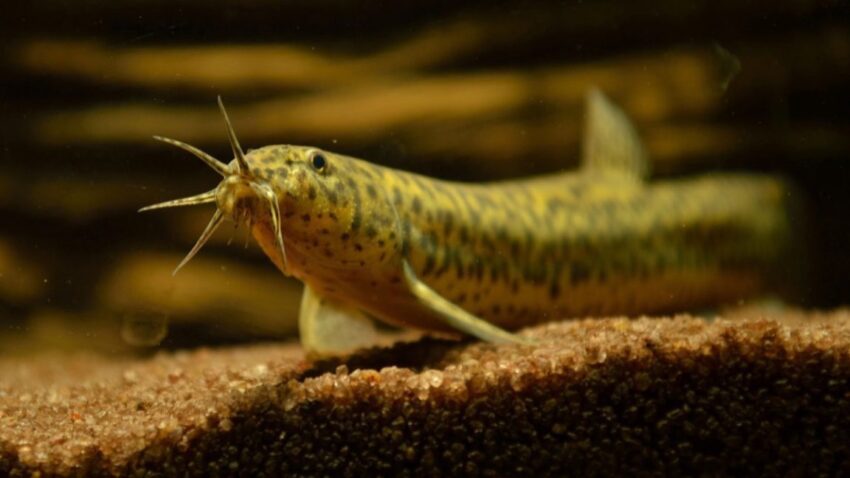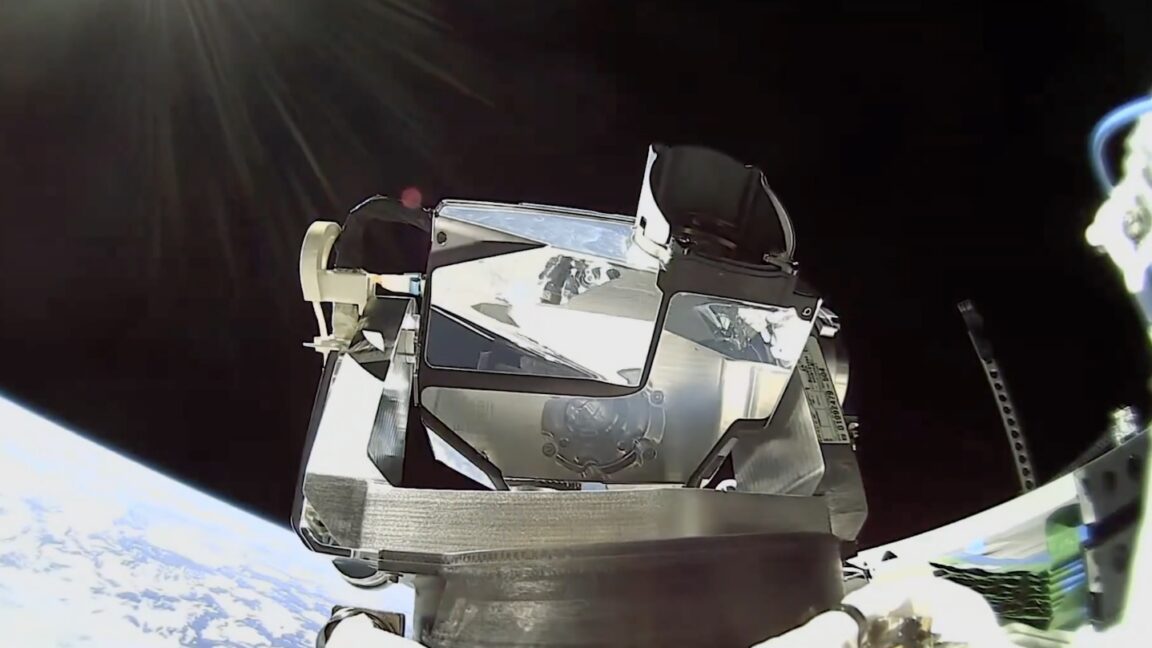
butt breathing might soon be a real A groundbreaking study suggests that “butt breathing” could evolve into a legitimate medical treatment for patients with respiratory issues.
butt breathing might soon be a real
Background on the Research
In 2024, a team of researchers was awarded the Ig Nobel Prize in Physiology for their remarkable discovery that many mammals possess the ability to breathe through their anus. While the award is often associated with humorous or absurd scientific findings, this particular study has serious implications for medical science. The researchers have since embarked on a new study aimed at exploring the feasibility of using this unconventional breathing method to treat individuals suffering from blocked airways or clogged lungs. Their findings indicate that rectal oxygen delivery could soon transition from a curious observation to a viable medical treatment.
The Inspiration Behind the Study
The inspiration for this unusual research emerged from the challenges posed by the COVID-19 pandemic, particularly the shortages of ventilators and artificial lungs that are critical for assisting patients with respiratory failure. The team from Cincinnati Children’s Hospital Medical Center looked to nature for solutions, specifically to the loach, a freshwater fish that thrives in hypoxic conditions. Loaches, along with sea cucumbers, utilize a unique form of breathing known as intestinal breathing, which allows them to extract oxygen through their anus rather than relying solely on gills.
This method is made possible due to the presence of numerous capillary vessels in the loach’s intestine, which facilitate gas exchange. The researchers termed this process “enteral ventilation via anus” (EVA). By studying how these aquatic creatures manage to survive in low-oxygen environments, the team sought to determine whether a similar approach could be applied to mammals.
Experimental Approach
To explore the feasibility of EVA in mammals, the research team conducted experiments using mice and micro-pigs. The choice of these animals was strategic; both species have physiological similarities to humans and can provide insights into how this method might be adapted for human use.
The researchers built upon earlier work by Leland Clark, a scientist at Cincinnati Children’s Hospital who invented a perfluorocarbon liquid known as Oxycyte. This liquid was initially envisioned as a potential form of artificial blood, capable of delivering oxygen to tissues in a manner similar to natural blood. Although the concept of Oxycyte never fully materialized, it served as a useful reference point for the current study. The idea of using a liquid medium for oxygen delivery was pivotal in shaping the experimental design.
Methodology
The team employed a series of controlled experiments to assess the effectiveness of EVA in delivering oxygen to the subjects. They began by administering oxygen-rich fluids rectally to the mice and micro-pigs, monitoring their physiological responses closely. Key metrics included blood oxygen levels, heart rate, and overall respiratory function.
The results were promising. The team observed significant increases in blood oxygen saturation levels in the subjects that received rectal oxygen delivery compared to those that did not. This indicated that the method was effective in facilitating gas exchange, similar to traditional respiratory methods.
Potential Applications
The implications of this research could be far-reaching, particularly in the context of treating patients with respiratory distress. Conditions such as chronic obstructive pulmonary disease (COPD), asthma, and severe pneumonia often lead to blocked airways and reduced lung function. Traditional treatments, including mechanical ventilation, can be invasive and may not always be effective.
By developing a non-invasive method of oxygen delivery through the rectum, medical professionals could potentially offer a new avenue for treatment. This approach could be particularly beneficial in emergency situations where immediate access to ventilators is limited. Furthermore, it could serve as a supplementary treatment for patients who are unable to tolerate traditional methods of oxygen delivery.
Challenges and Considerations
Despite the promising results, several challenges remain before EVA can be considered a standard medical treatment. One of the primary concerns is the potential for complications associated with rectal administration. Medical professionals would need to ensure that the method is safe and does not introduce additional risks, such as infections or damage to the intestinal lining.
Moreover, further research is necessary to understand the long-term effects of rectal oxygen delivery. Questions surrounding the optimal delivery methods, dosages, and the types of fluids that would be most effective need to be addressed. The researchers are aware of these challenges and are committed to conducting additional studies to refine the technique and assess its viability in human subjects.
Stakeholder Reactions
The scientific community has responded with a mix of intrigue and skepticism. Many researchers are excited about the potential of EVA as a novel treatment option, while others urge caution. Dr. Emily Thompson, a respiratory specialist, commented, “While the initial findings are encouraging, we must approach this with a rigorous scientific lens. The human body is complex, and what works in mice may not translate directly to humans.”
Patient advocacy groups have also weighed in, emphasizing the importance of exploring innovative treatments for respiratory conditions. “We are always looking for new options for patients who suffer from chronic respiratory issues,” said Mark Johnson, a representative from the National Lung Association. “If this method proves safe and effective, it could change the landscape of respiratory care.”
Future Directions
The research team plans to expand their studies to include larger animal models that more closely resemble human physiology. This will help to better understand how EVA could be adapted for clinical use. Additionally, they aim to collaborate with medical professionals to develop protocols for safely implementing this technique in a hospital setting.
As the research progresses, the team is also exploring the potential for combining EVA with other therapeutic approaches. For instance, integrating rectal oxygen delivery with existing treatments could enhance overall patient outcomes and provide a comprehensive strategy for managing respiratory distress.
Conclusion
The concept of “butt breathing” may sound unconventional, but the research conducted by the team at Cincinnati Children’s Hospital Medical Center highlights the innovative thinking that can arise from unexpected sources. As they continue to explore the feasibility of rectal oxygen delivery, the potential for this method to revolutionize respiratory care becomes increasingly tangible. While challenges remain, the initial findings offer hope for patients facing severe respiratory issues, paving the way for a future where unconventional methods may become standard practice in medicine.
Source: Original report
Was this helpful?
Last Modified: October 22, 2025 at 12:38 am
2 views















